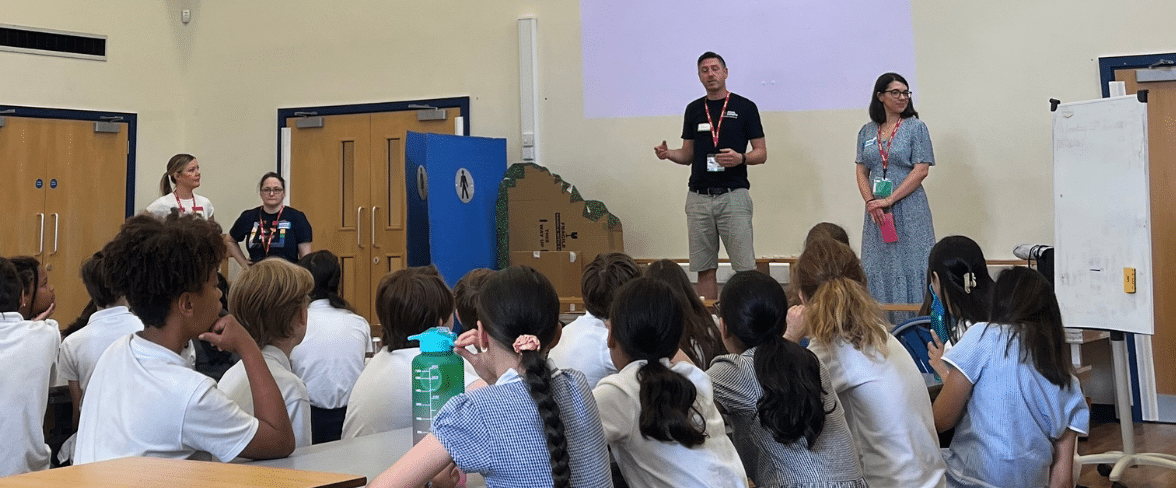



 Careers in tech: How Equal Experts works with HMRC to reach out to the data engineers of the futureNovember 21, 2024https://www.equalexperts.com/blog/whats-new/hmrcs-data-platform-services-core-engineering-platform-shortlisted-in-computings-2024-security-excellence-awards/
Careers in tech: How Equal Experts works with HMRC to reach out to the data engineers of the futureNovember 21, 2024https://www.equalexperts.com/blog/whats-new/hmrcs-data-platform-services-core-engineering-platform-shortlisted-in-computings-2024-security-excellence-awards/
Equal Experts is delighted to have joined two important UK government frameworks for digital applications and big data and analytics services. The decision by HMRC recognises our ability to deliver digital delivery at scale.
September 11, 2023https://www.equalexperts.com/blog/whats-new/a-big-night-for-hmrcs-customer-insight-platform-team-at-the-ukit-awards/A big night for HMRC’s Customer Insight Platform team at the UKIT awards!What HMRC’s Customer Insight Platform (CIP) team achieved at the beginning of the COVID-19 pandemic was nothing short of remarkable. They responded to possible fraud threats to the Covid-19 schemes and rose to meet the needs of 2020 in a way that no UK government had ever responded before, by giving money away on an unprecedented scale. So it’s no surprise to learn that they won Best Public Sector IT Project at last night’s UKIT Awards, and a shout out to Fiona Teddy-Jimoh for being highly commended in the Business Analyst category, and to Andrew Letherby for being a finalist in the Digital Leader of the Year category.
A huge congratulations to everyone for truly remarkable work!
The aim of this post is to provide an insight into how problems of scaling services can be solved by having no servers and not using “serverless services” either.
August 4, 2020